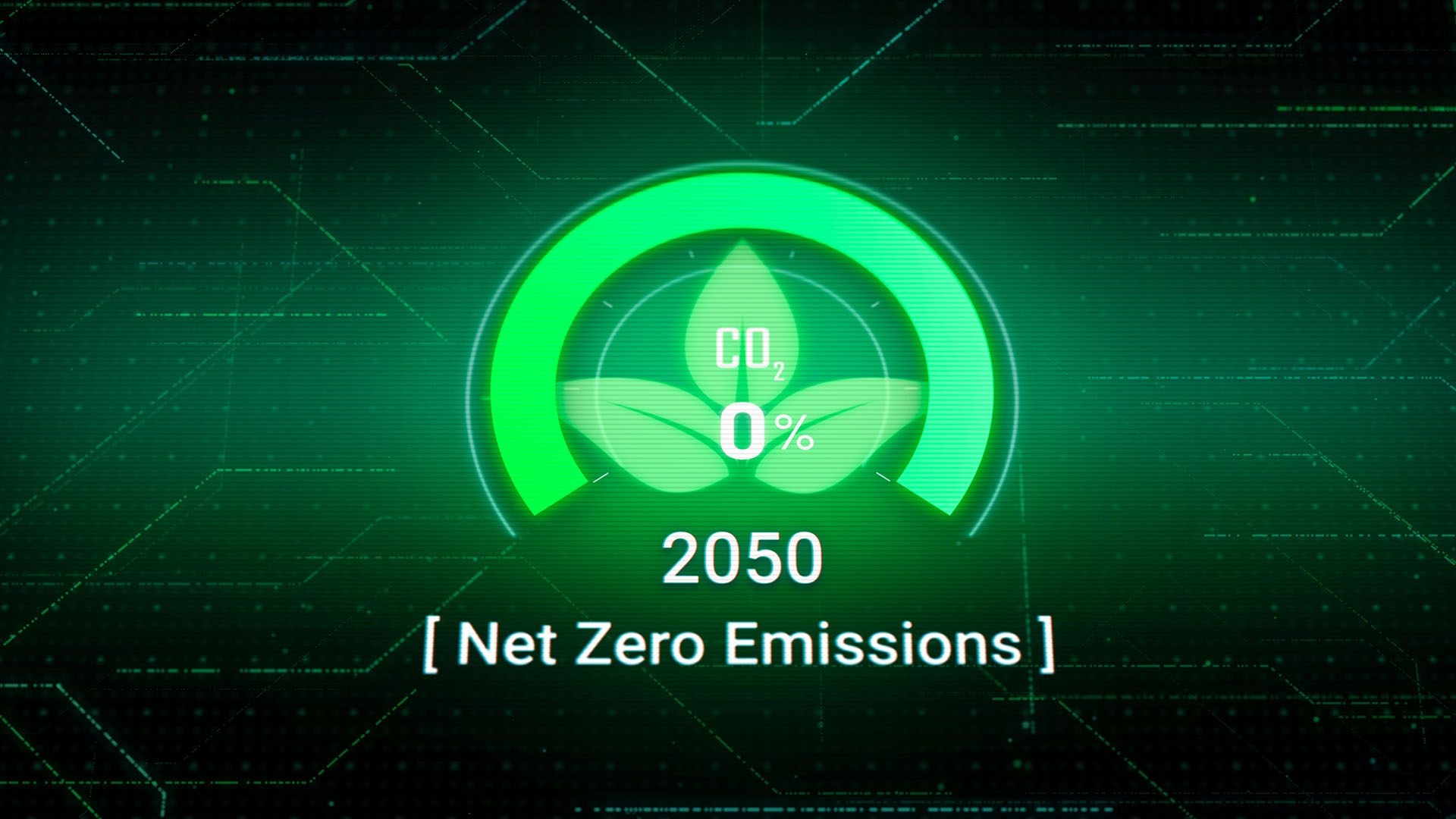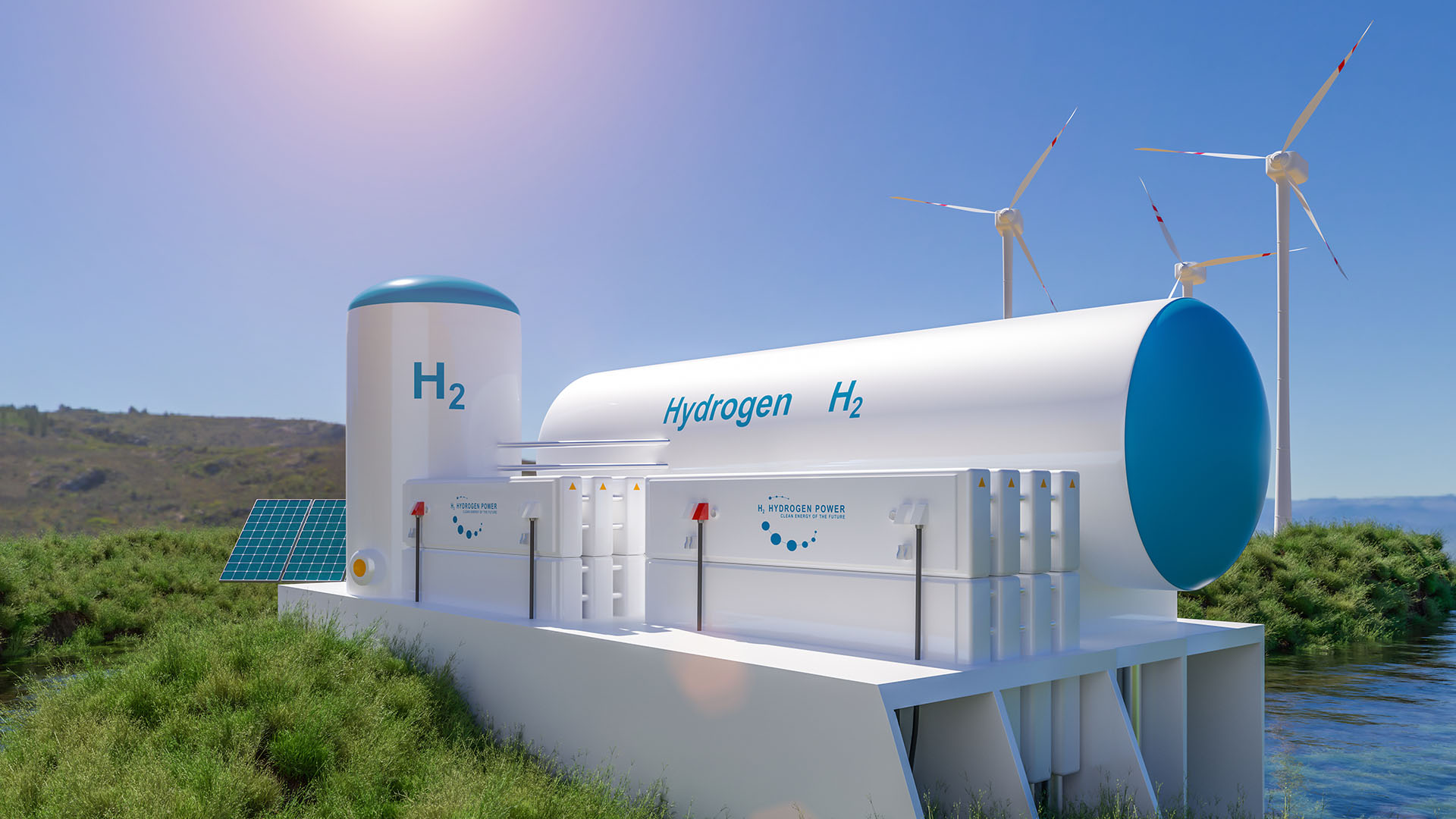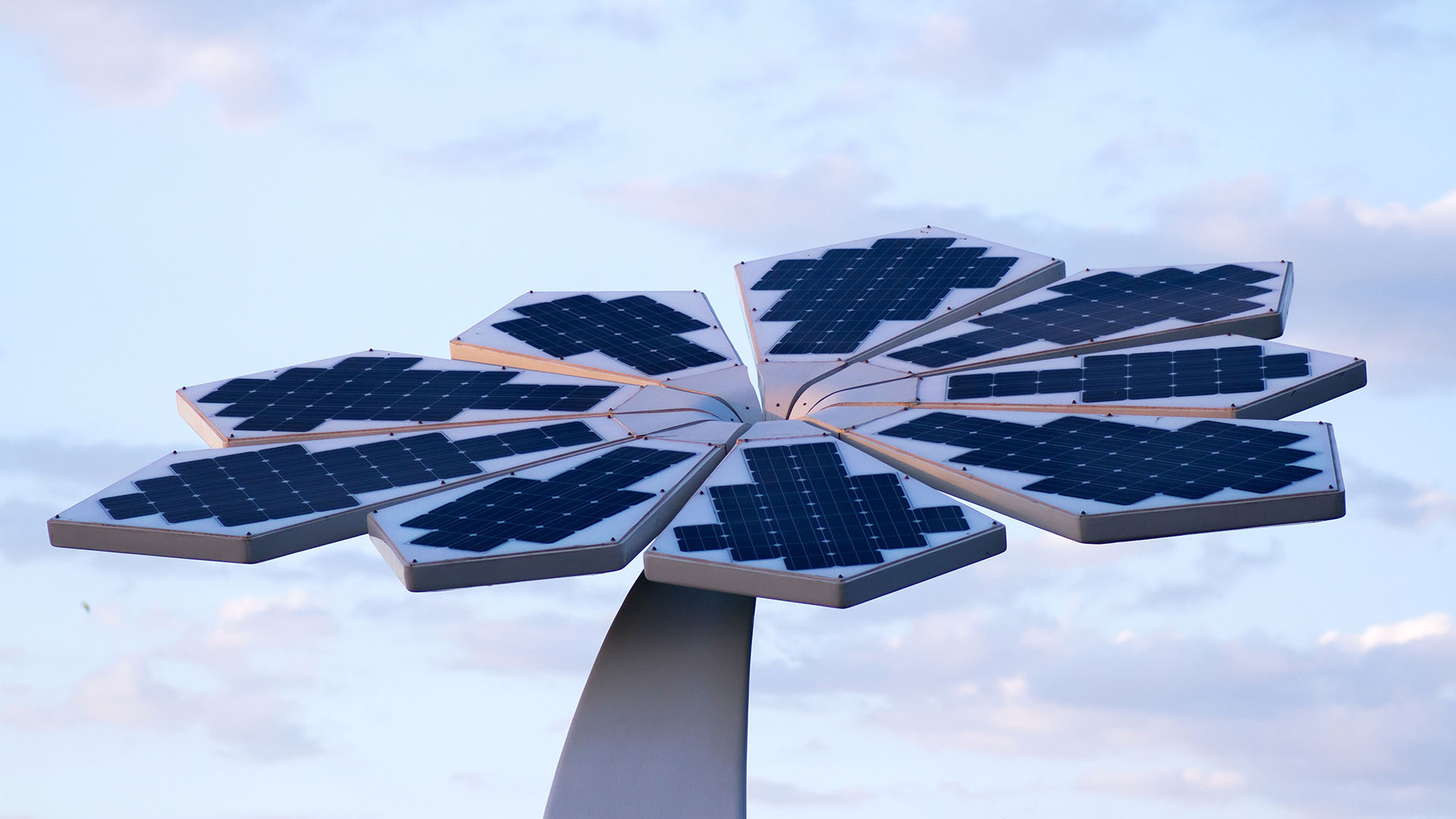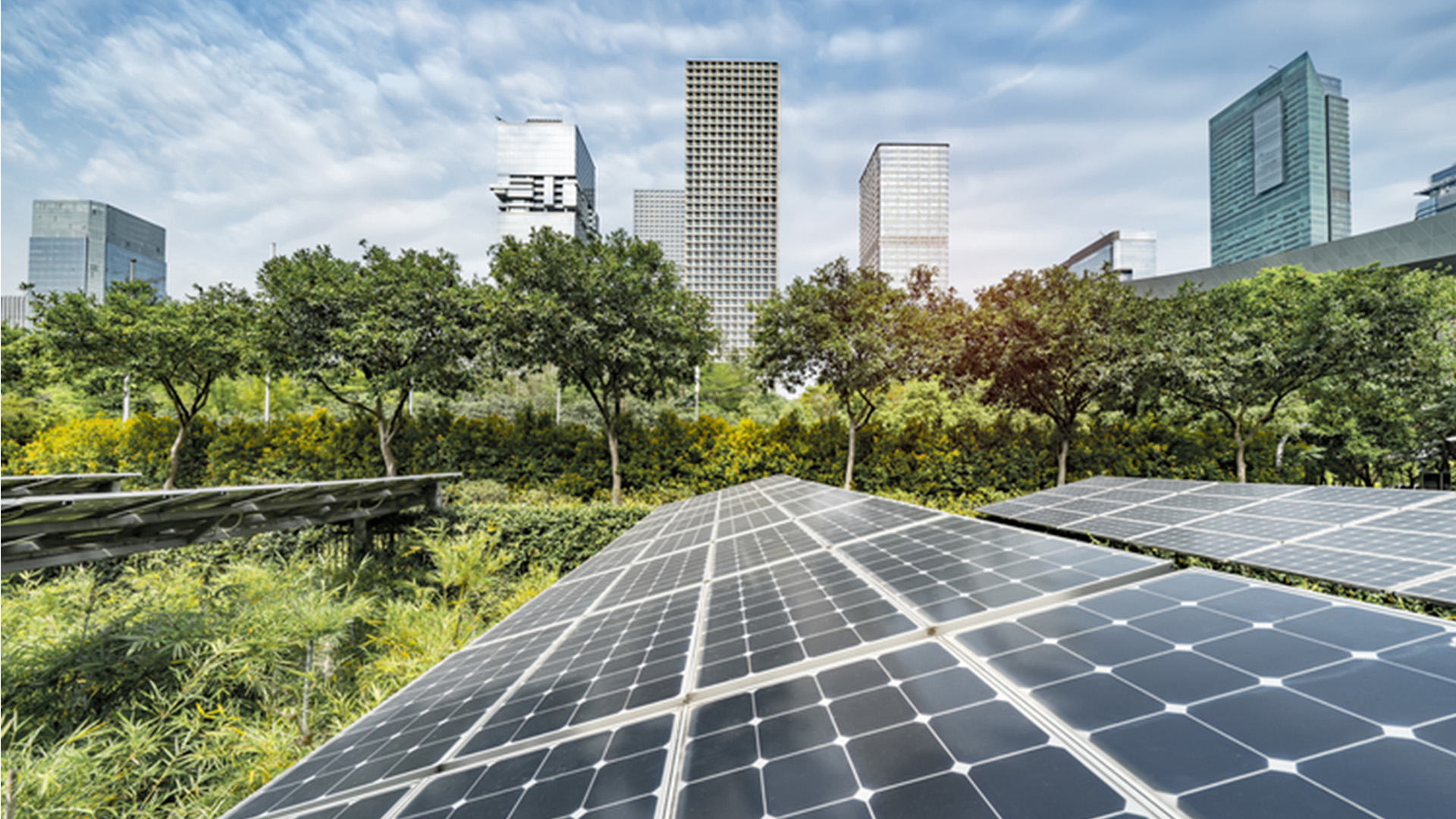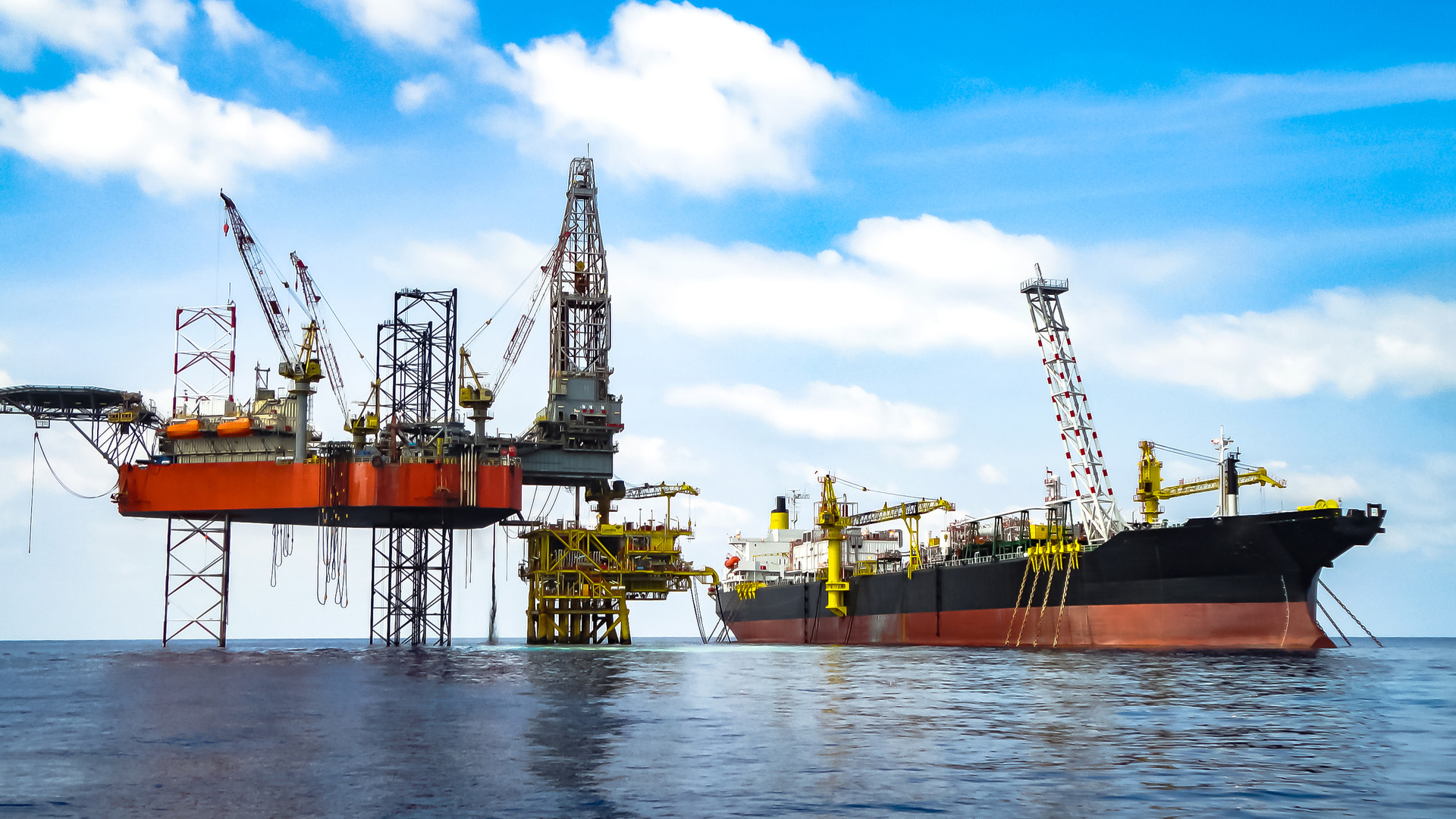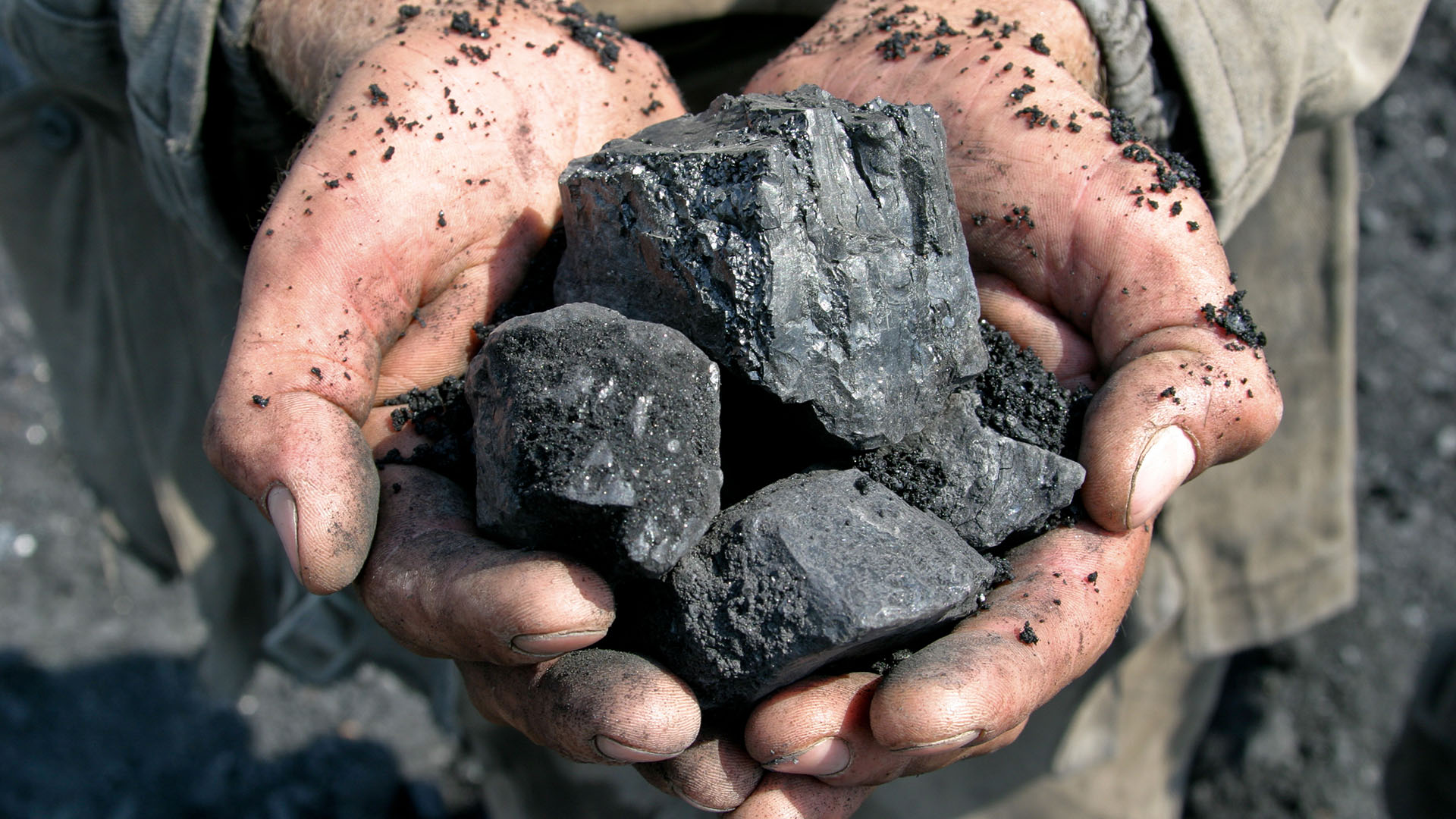Climate related infrastructure: Protecting people and property from catastrophic weather events
Canada | Publication | 六月 2022
Doug Buchanan, NRF’s global head of infrastructure and resources, recently sat down with Singapore-based infrastructure partner Nick Merritt (who preceded Doug for five years in the position) to discuss the role of infrastructure in the face of climate change, and the broadly agreed upon outcome of COP 26 in Glasgow last fall, which is summarized in the following quote:
Glasgow’s message is unequivocal: governments representing a majority of the world’s population put Western “climate leaders” on notice that the sustained use of hydrocarbon energy, which is indispensable for economic prosperity and political stability, is no longer up for discussion. Climate adaptation, not mitigation, is the new direction of travel, with the developing economies leading the way.1
The following is an edited transcript:
Doug: Nick, thanks so much for joining me. As present and past Global Heads of Infrastructure and Resources at NRF, the relationship between infrastructure and climate change is a subject that we’ve both greatly focused on, and in light of current climate events, is a fitting topic for us to discuss.
Nick: It is. Climate change is front of mind for both of us especially given the cities we live and work in – Singapore and New York – both of which will be greatly impacted by future climate events such as storms and rising sea levels. As well, our colleagues around the world generally, and particularly in western Canada, California, Australia and the Mediterranean have been suffering a staggering range of climate catastrophes from drought to wildfires to floods, and these event are growing in intensity and frequency. A UN report on climate action2 recently determined that infrastructure is responsible for a staggering 79% of all GHG emissions and 88% of adaptation costs, so if any sector is going to drive the net zero pathway and protect for the future, it’s infrastructure.
As we learned in Glasgow, Net Zero may not be completely achievable – thus we must protect ourselves from the impacts of climate change, and infrastructure is fundamental to this protection.
Tell me, what was the initial trigger for your interest in climate related infrastructure?
Doug: It first crossed my radar screen when I moved to New York in February 2013 – Hurricane Sandy had hit the east coast a couple of months earlier causing close to US$70 billion in damage, including extensive damage to the south shore of Manhattan. What evolved out of that damage was an effort by the Battery Park City Authority to develop infrastructure to protect the coast from the threats of future storm surge and sea level rise, and at the time the use of private capital to help finance the development of this infrastructure was under consideration, thus I spent a lot of time learning about the subject.
What was your first introduction to this new asset class?
Nick: It formed part of our Sustainable Cities campaign looking at how the built environment needs to respond. Sandy was also a watershed moment for me when Henk W.J. Ovink, who served on the Hurricane Sandy Rebuilding Task Force, said “we fail to exploit our natural disasters well enough”. He was commenting on the devastation caused to communities in New Jersey and questioning whether it was wise to simply rebuild what was there before, given the recent devastation. It got me thinking that with the increasing volatility in our weather systems, if we know these major storms or weather events will happen, how do we prepare for it? Don’t be surprised if you build on a flood plain that it may flood…
Now the word “resiliency” is often used to describe climate related infrastructure. I know you have put considerable thought into this topic—tell me how you define this emerging asset class.
Doug: It’s difficult to use the word “resiliency” to neatly define climate related infrastructure – here is how I look at it:
- “resiliency” is generally defined as “the capacity to withstand, or recover quickly from, difficulties”, but I don’t think this word does justice to the broad topic of climate related infrastructure;
- the concept of “resiliency” can apply to infrastructure in a variety of ways. For example, the ability of a network to withstand cyber-attacks or a power plant to withstand acts of terrorism is a type of resiliency. But today we are talking about infrastructure and the impact of climate change and climate events.
With respect to climate related infrastructure, I see two categories:
- a category of “climate protective infrastructure”, which is infrastructure built specifically to protect people and property from the impact of climate events. We have worked on a number of projects in this category—one was the US$2.2 billion, 32-mile diversion of the Red River around the Fargo-Moorhead-West Fargo metropolitan area in North Dakota and Minnesota to protect more than 250,000 people from increasing periodic flooding. Another was the C$1 billion expansion of 350,000 irrigated acres undertaken by the Alberta Government and Canada Infrastructure Bank to mitigate the impact of drought brought on by climate change. We are currently designing a “climate protective infrastructure” project in Canada to protect people and property from the impact of wildfire events, and which we believe will have broad global application.
- a category of “climate resilient infrastructure”, which is common infrastructure (roads, sewers, waterlines etc.) built—or retrofitted—to higher standards to better withstand the impact of future climate events. All of the civil infrastructure projects on which we are acting are dealing with meeting these higher standards.
Nick: That is an interesting way to look at the subject. One of the earliest examples I can think of is the US$518 million Stormwater Management and Road Tunnel (SMART) in Kuala Lumpur completed in 2007. Kuala Lumpur sits at the confluence of two major rivers and is prone to major flash flooding. Like most cities it also suffers major congestion challenges. The 4km dual-deck motorway alleviates traffic but also evacuates floodwaters, and even has the functionality to close the road section for the purposes of using it to divert water from the city. Here in Singapore, a low lying island state particularly at risk to rising sea water, the government has announced that US$100 billion may be needed over the next 100 years to protect the city from rising sea level and currently, major investments in coastal and flood protection infrastructure are under construction. Finally, you’ll recall that Jakarta is also a low level city that is prone to flooding and actually sinking. So in 2019, the government announced that they would build a brand new capital city called Nusantara which will be located in East Kalimantan—I can’t think of a more stark example of the need to adapt to climate change than to have to build an entirely brand new capital city!
Referring back to the categories you outlined, it’s obviously easier for procuring authorities to mandate “climate resilient infrastructure” by adjusting building codes and construction output specs…but it’s much more difficult to procure a billion dollar plus “climate protective infrastructure” project like the Fargo-Moorhead Flood Diversion. What do you see as some of the hurdles that have to be overcome to get a “climate protective infrastructure” project to closing?
Doug: I see no real formula, but I would say the following steps have to be completed, not necessarily in order:
- there must be a generally regarded need for the project, which isn’t a difficult step given the catastrophic impacts climate events of all types from storms to floods to fires have had on people and property in recent years;
- there must be a political vision for the particular project, a “willingness to start”. How one “need” can be responded to and another not, is not an objective analysis, but politically subjective;
- there must be a positive business case / feasibility study, which is not based on a profitability analysis, rather it is an avoided loss analysis – in other words, the modelled probable cost of the project must be less than the modelled probable losses that will be incurred if the project is not implemented. There is considerable expertise required for these studies, including sophisticated climate / property loss modeling expertise of a standard used in connection with the designing of catastrophe bonds and other insurance projects; and
- finally, there must be a viable financing strategy.
When I say the steps aren’t necessarily in this order, I refer to one example where I am in the middle of a project where the positive business case / feasibility study is being created outside the political process and hopefully will be used to generate the political vision.
Nick, you’ve spent some time studying various financing strategies for “climate protective infrastructure” – what are your thoughts?
Nick: Again there is no formula, but here are some thoughts:
- projects can be financed in the first instance completely by government as public works projects—from your earlier comments, the Battery Park City Authority appears to have financed the Manhattan coast protection project in this manner;
- projects can be financed in whole, or in part with government, by tax surcharges or similar levies to the persons benefitting from the project. I believe the Fargo-Moorhead Flood Diversion project you mention utilized this strategy and it was acceptable to the tax payers because their insurance premiums were correspondingly reduced as a result of the project; and
- projects can be financed by “user fees”, and the Alberta Irrigation Expansion project you mentioned, I understand, was financed by the Canada Infrastructure Bank with the loan being paid by water rates chargeable to farmers utilizing the new irrigation services;
McKinsey estimate that US$130 trillion will be needed for new and critical infrastructure over the next five years3. These numbers are staggering but coincidentally match the assets under management of the Glasgow Financial Alliance for Net-Zero – including more than 450 banks, asset managers, asset owners and insurers –that have all committed to net-zero by 2050 and will support the investment needed for this pathway and the need for resilient infrastructure.
But tell me, what do you see as the potential of this new “climate protective infrastructure” asset class?
Doug: I hate to say it, but I think the need for “climate protective infrastructure” is almost incalculable. Let me read you a sampling of some of the statistics our global team has recently come across in our research on this topic:
- with respect to wildfires (also known as bushfires in Australia):
- the three most active fire seasons in British Columbia have occurred in the last five years and last summer the town of Lytton reached 49.6 °C (121.3 °F)—the highest temperature ever recorded in Canada—and a day later it was totally destroyed by a wildfire;
- insurable losses in the US alone due to wildfire in 2021 was a total of US$20.4 billion4.
- the recently published UN Report5 on wildfires projects an increase of extreme fires of up to 30 per cent by the end of 2050.
- with respect to water affluence and poverty (flooding and drought):
- Heavy rainfall and subsequent river flooding, such as the catastrophic events that struck Belgium and Germany in 2021, are up to nine times more likely in Western Europe as time goes on.6
- In 2022, Australia saw flooding in Brisbane and southeastern Queensland equivalent to 60 percent of the region’s average annual rainfall occurring within three days.7
- If global warming exceeds 2°C, it is projected that up to 3 billion people will experience chronic water scarcity due to droughts, especially those depending on water from glaciers, such as those living in South America, according to the recent assessment by the Intergovernmental Panel on Climate Change (IPCC AR6).
- with respect to hurricanes and storms:
- In the US last year, severe storms caused the highest number of billion-dollar disaster events totaling $125.5B in damages—this is more than double the cost of damages in the entire decade of the 1980s.8
- The global proportion of tropical cyclones that reach very intense (Category 4 and 5) levels is projected to increase (medium to high confidence) due to anthropogenic warming over the 21st century.
Nick: We urgently need to act. Climate related infrastructure is a priority infrastructure practice area for NRF and I know the team is working on this asset class from a number of angles. I know we are designing a “performance based” wildfire resiliency project in Canada, I know we are studying and researching climate modelling and different financing solutions. Do you have any sense of where we stand on the global thought leadership scale?
Doug: We monitor the literature carefully and all I can say is I haven’t come across any institution that appears to be ahead of us in thinking about the topic. Frankly, if someone has good ideas, I would be happy to hear them and pleased that efforts are being made. I don’t see this as a competitive field – the more people contributing to the intellectual capital pool the better. After all, all we are trying to do is save the world!
Nick: Not all heroes wear capes, Doug!
Douglas Buchanan, Q.C. is our Global Head of Infrastructure and Resources. He has 34 years' experience in project development, P3s and project finance and is based out of our New York and Vancouver offices.
Nick Merritt is a partner in our Singapore office. His practice focuses on project finance and banking, with a particular focus on sustainability and sustainable finance in the infrastructure sector.
At Norton Rose Fulbright our global team has experience across infrastructure project procurement, development consenting and financing; energy infrastructure, transport infrastructure, eMobility and social infrastructure and utilities. Our teams are advising many clients in relation to sustainability and sustainable finance in the infrastructure sector. For more info.
Footnotes

Energy transition
Subscribe and stay up to date with the latest legal news, information and events . . .

